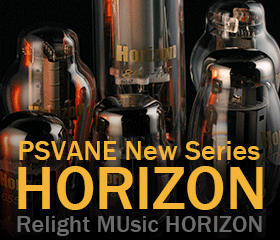As I said, "poor" is a relative term, and audio amps are not flight hardware nor have to be space-qualified. Clearly the biasing of the outputs was such that it took a long time to reach steady-state, and it was designed for optimum operation at a bias achieved after some time had passed. Is it the way I would design it? No. But, the designer must have had some reason. BTW, it also seems to me the bias level may have been fairly low if it took so long to heat up the heat sinks.
Aside: One of the issues causing my ARC SP3a1's long warm-up time was the string of zener diodes used in the power supply. Even though they ran very hot, it took a while for the power supply to stabilize, despite it being a regulated design.
As a high-speed designer, bias circuits are not my specialty. I had to design (or leverage) some good ones because a jet pilot or spacecraft (satellite or space shuttle, have chips in both) does not have hours or days (often not even seconds) for the circuit to reach spec. It seems like the bias circuit design gets short shrift in a lot of designs; there's more to it than a lot of caps. And, the rest of the circuit has to be designed to be thermally insensitive as well, a non-trivial exercise. There are trades to be made among cost, complexity, noise, stability etc. and in retrospect far be it for me to question an audio design engineer's design. It is not mission-critical so perhaps the cost savings go into a better signal path.
Aside: One of the issues causing my ARC SP3a1's long warm-up time was the string of zener diodes used in the power supply. Even though they ran very hot, it took a while for the power supply to stabilize, despite it being a regulated design.
As a high-speed designer, bias circuits are not my specialty. I had to design (or leverage) some good ones because a jet pilot or spacecraft (satellite or space shuttle, have chips in both) does not have hours or days (often not even seconds) for the circuit to reach spec. It seems like the bias circuit design gets short shrift in a lot of designs; there's more to it than a lot of caps. And, the rest of the circuit has to be designed to be thermally insensitive as well, a non-trivial exercise. There are trades to be made among cost, complexity, noise, stability etc. and in retrospect far be it for me to question an audio design engineer's design. It is not mission-critical so perhaps the cost savings go into a better signal path.



















